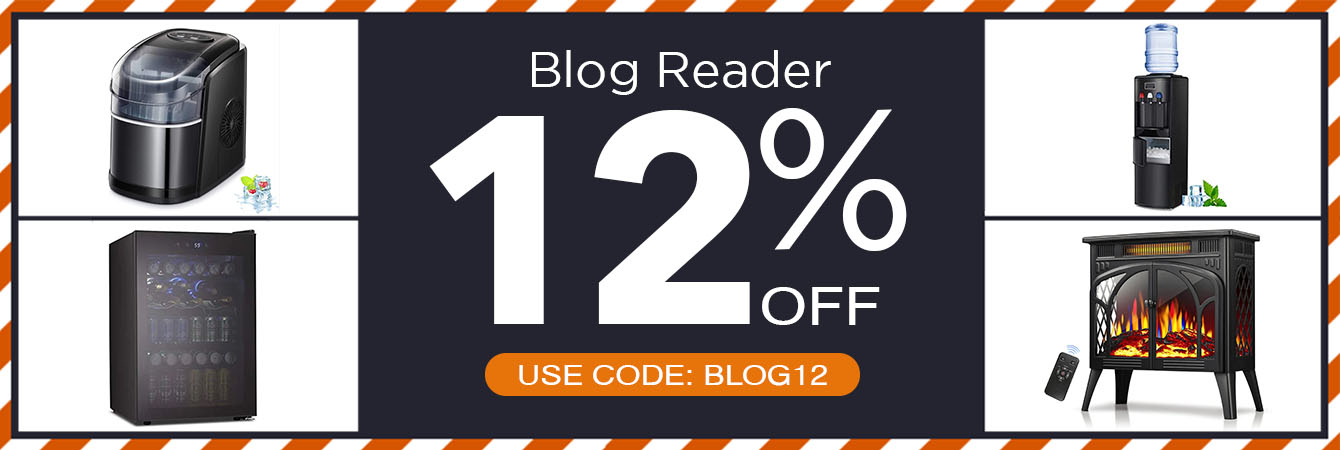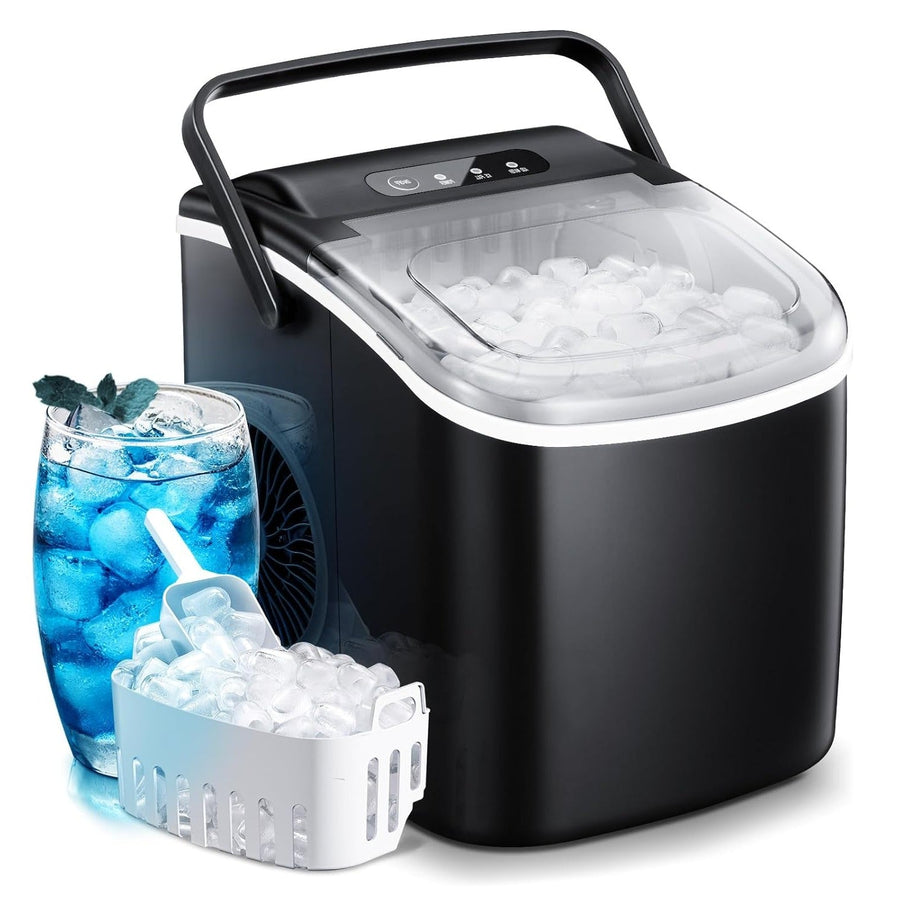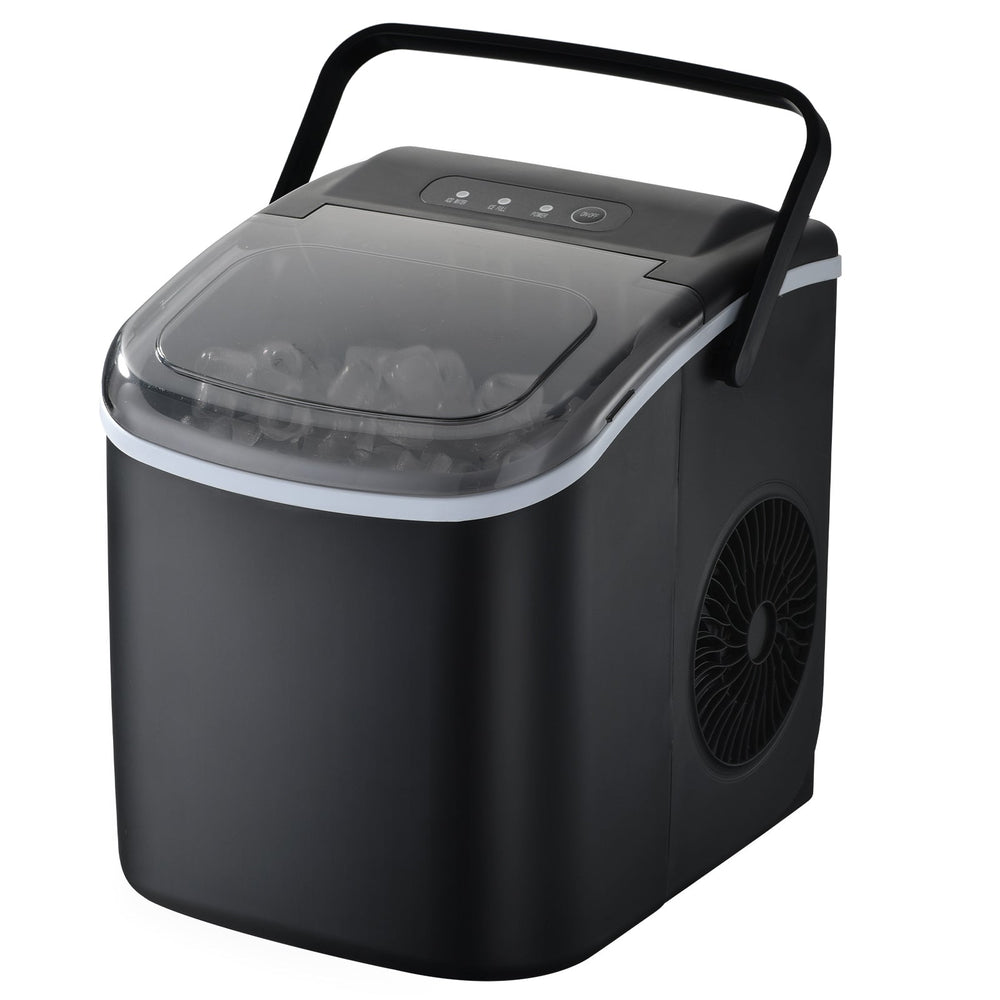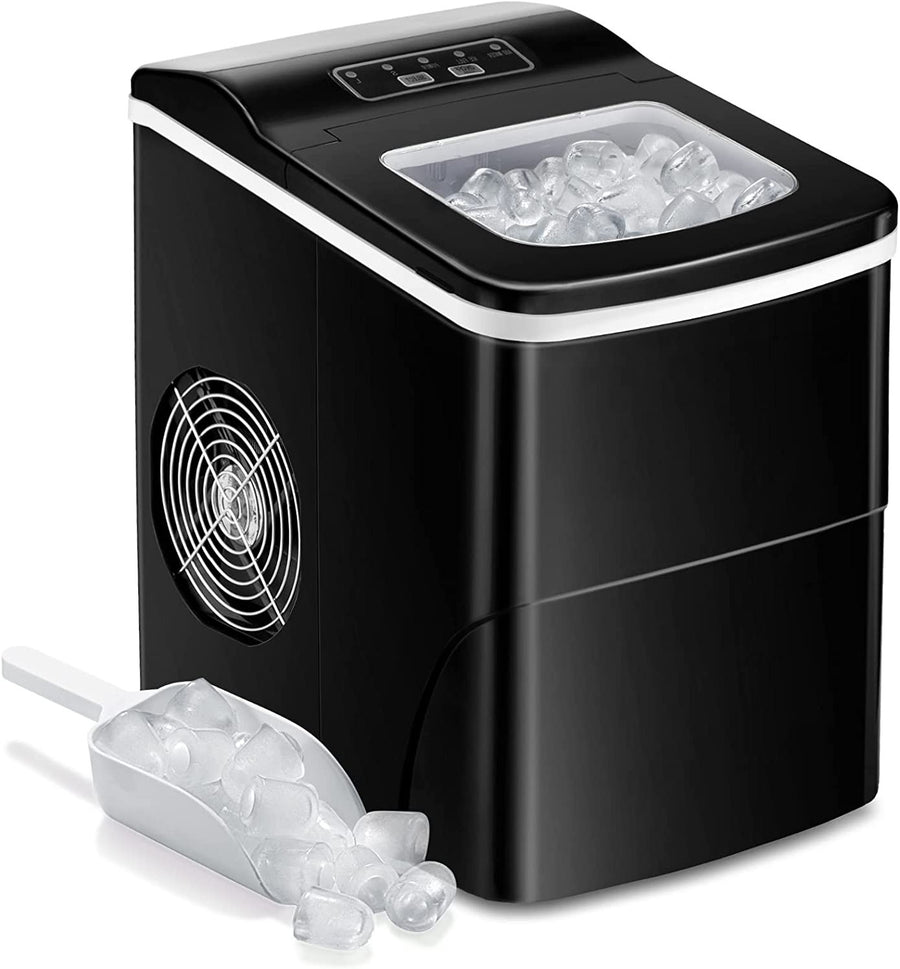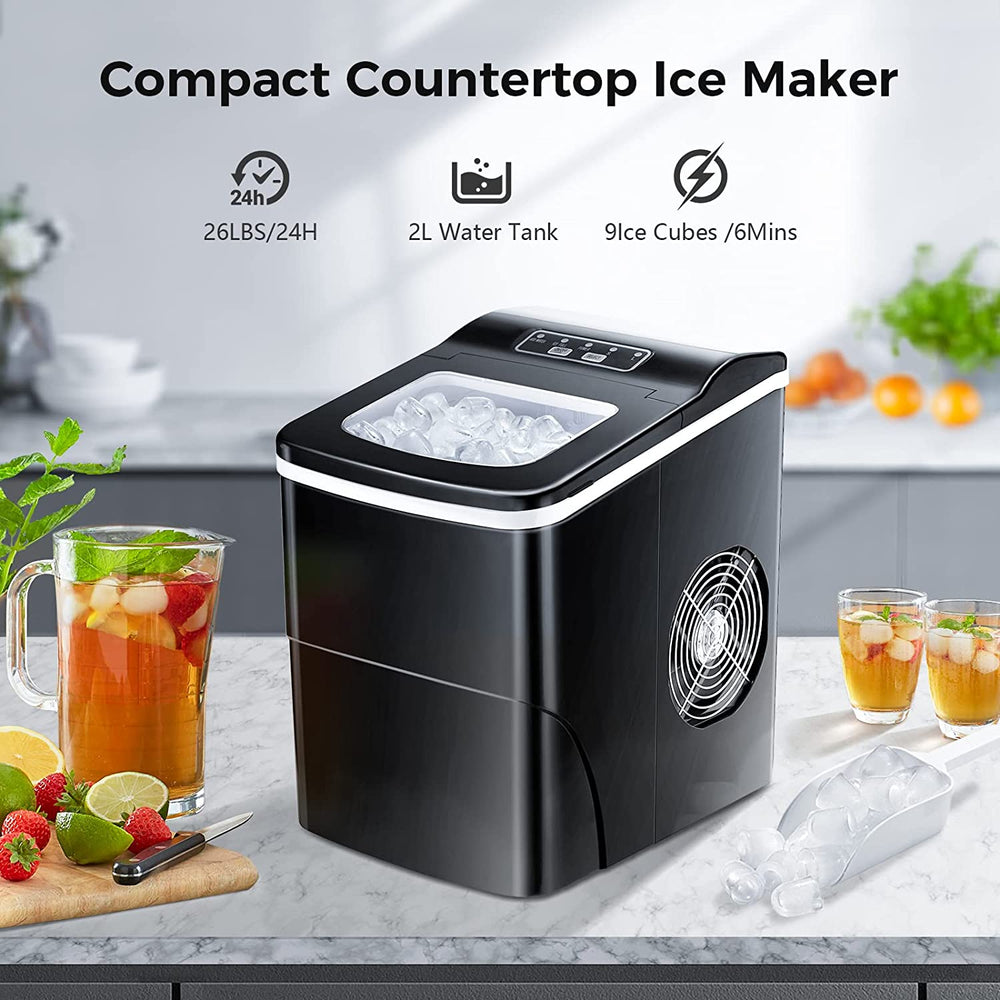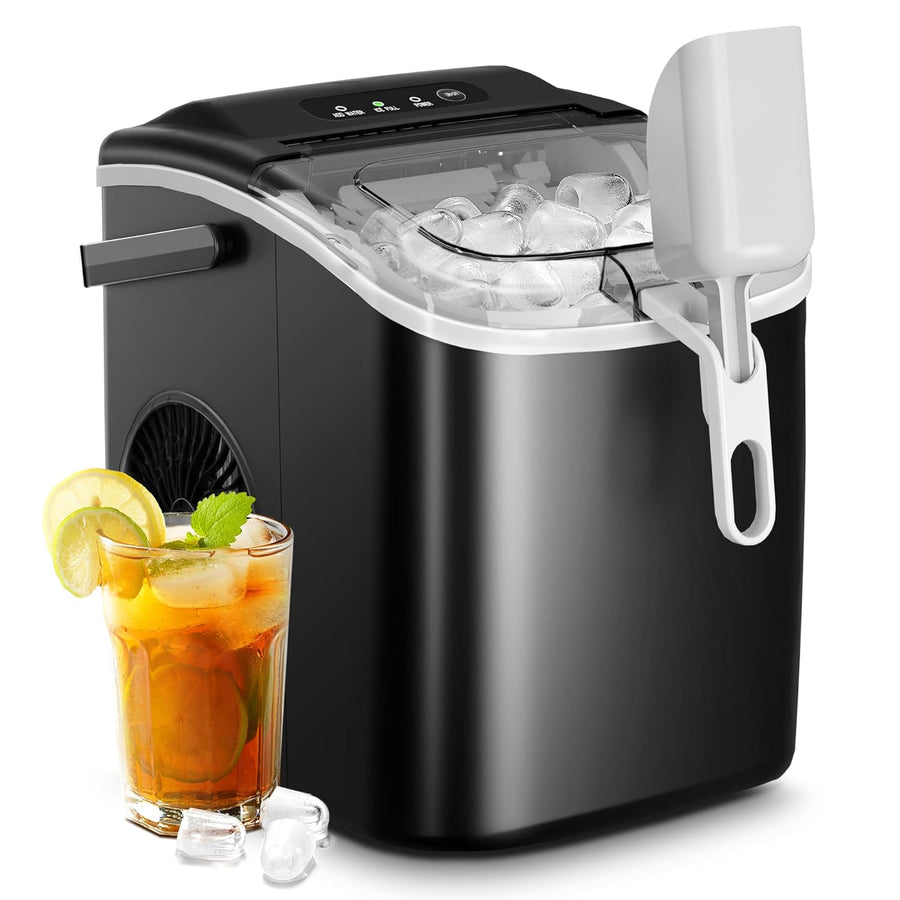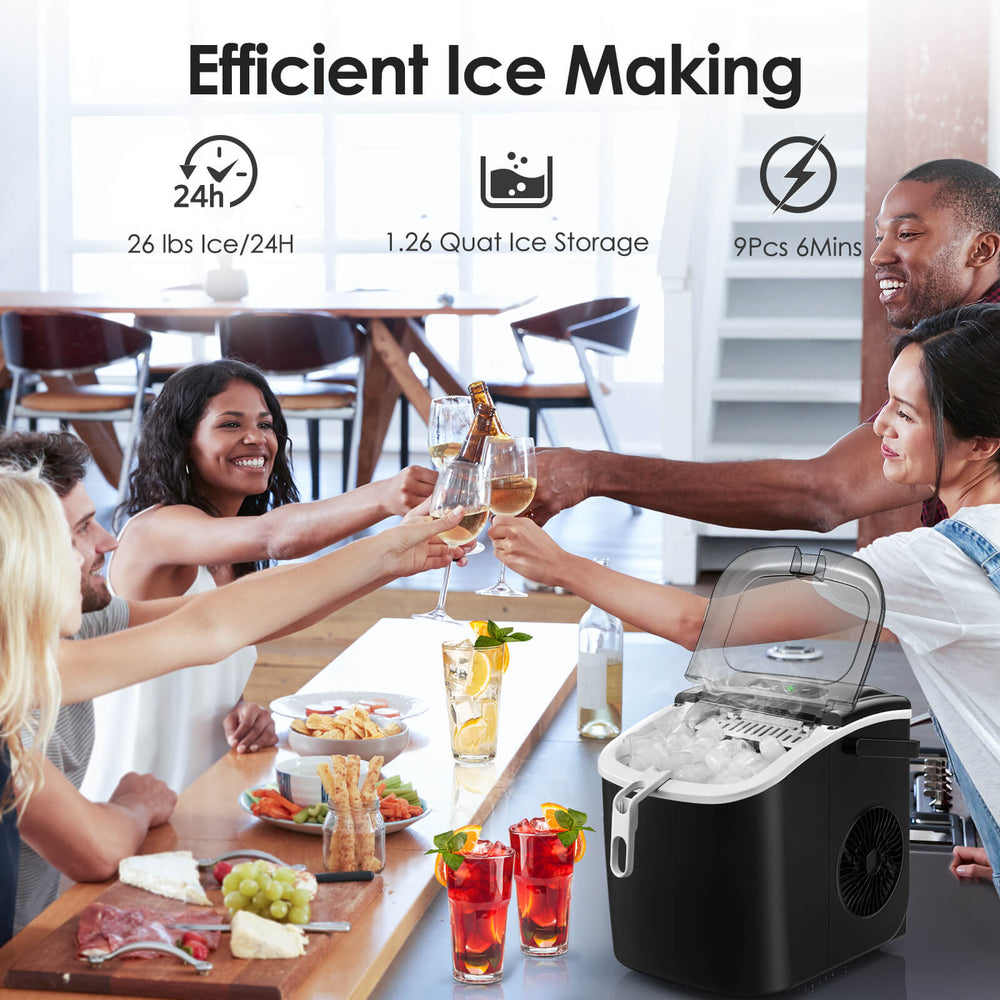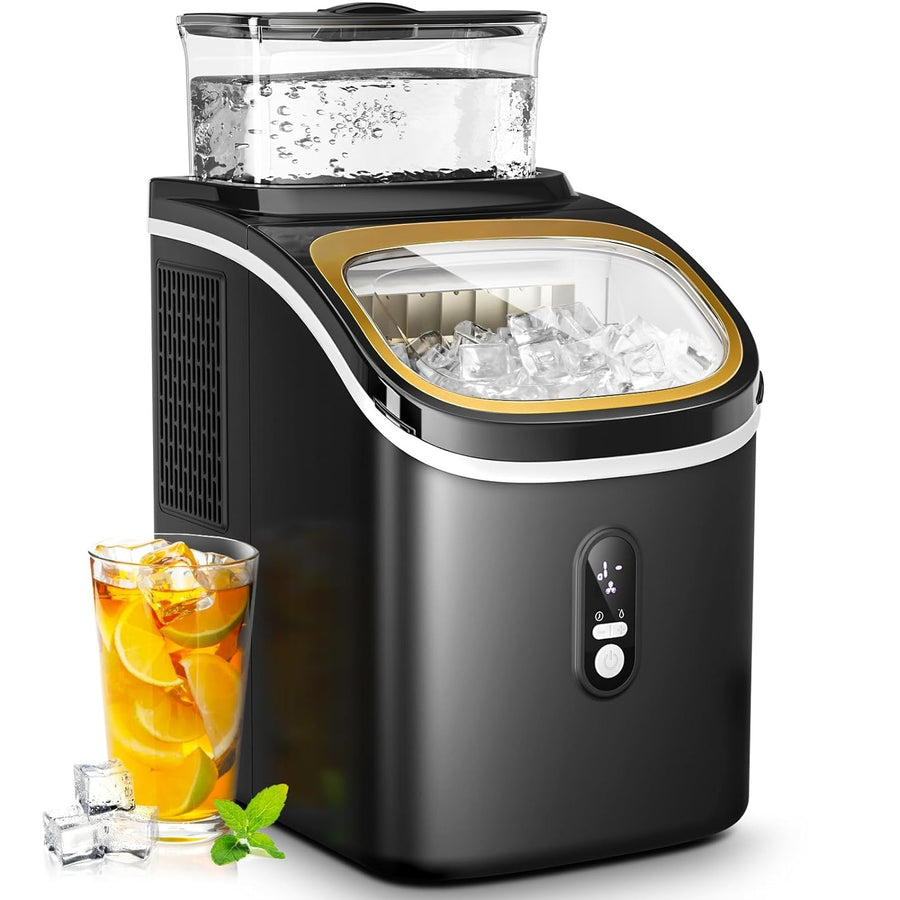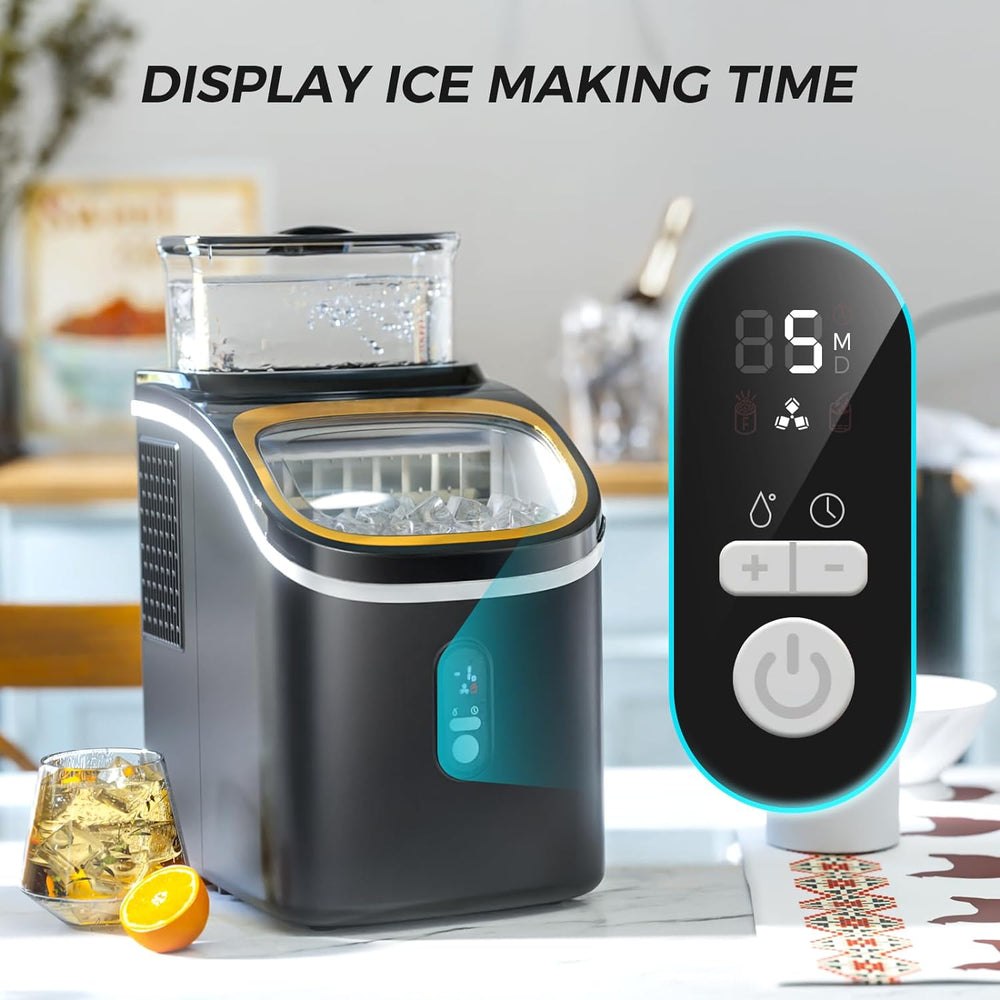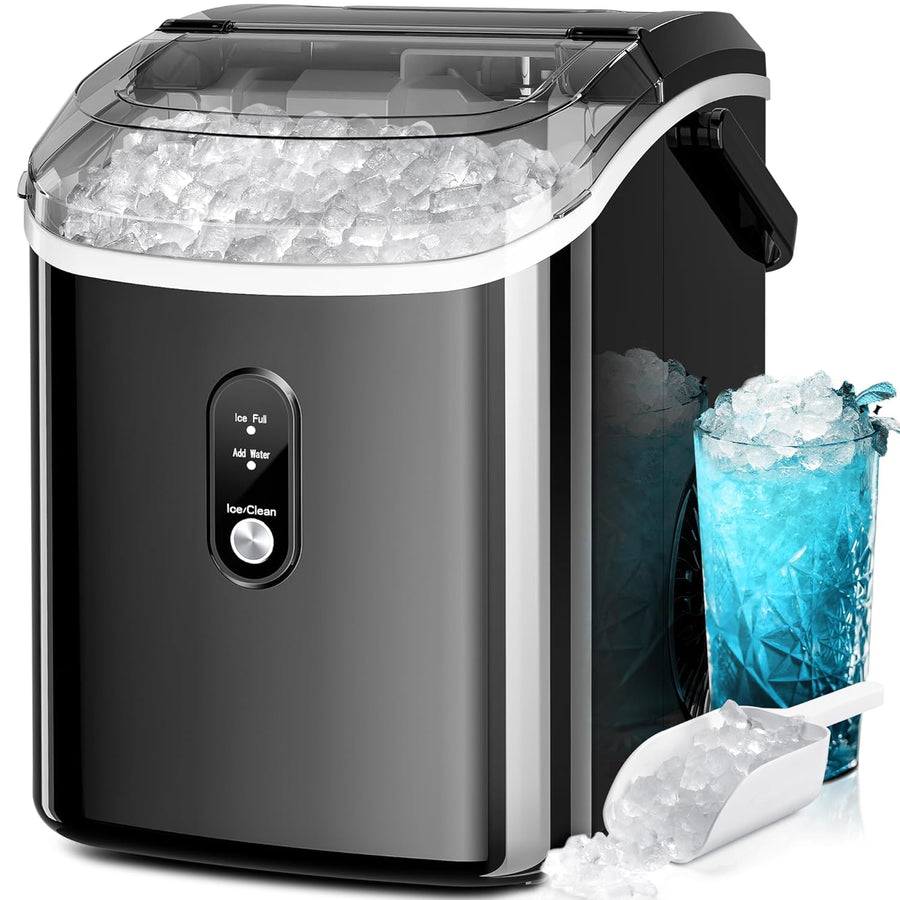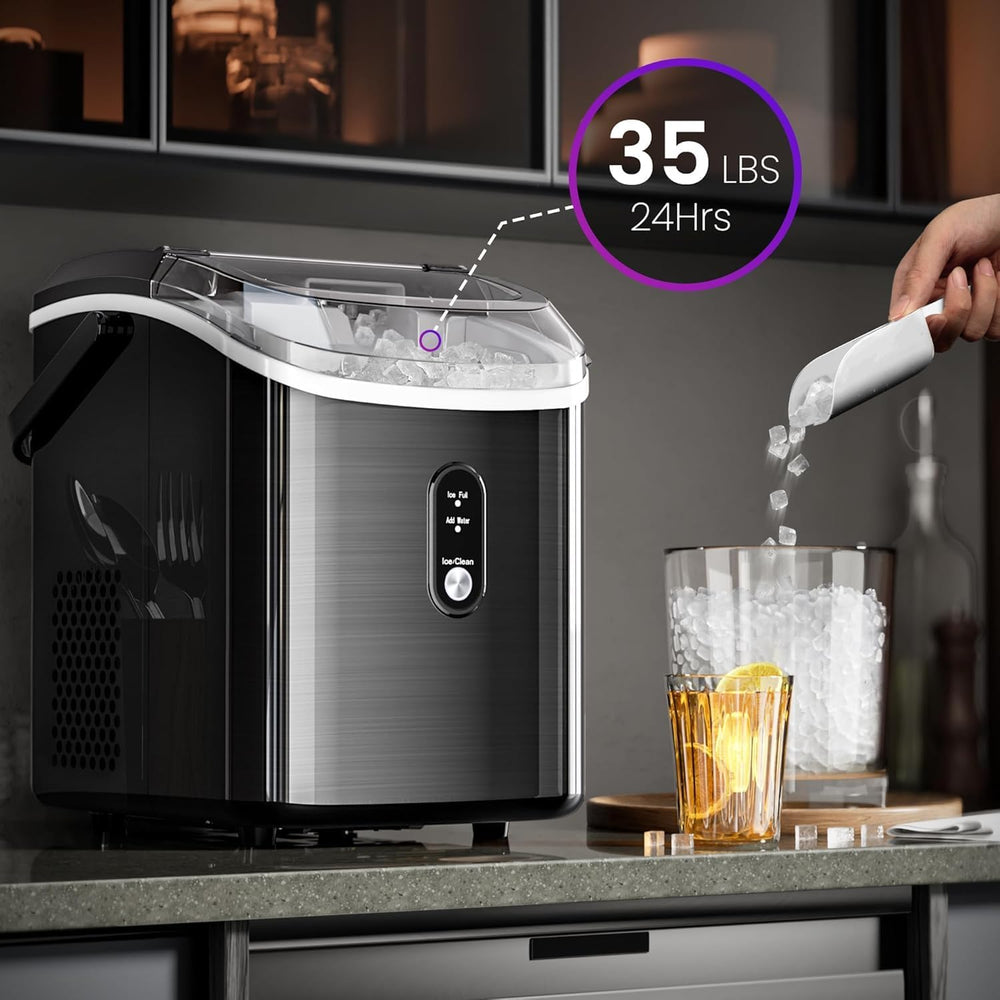Refrigerator Repair: Common Problems and How to Fix Them

Your refrigerator is the workhorse of the house, diligently keeping food cool or frozen all day and all night. When something goes wrong with the fridge, you can expect to pay about $200 to fix the problem. The good news is that you can save money by repairing the problem on your own.
Fridge repair can seem intimidating, but with a little knowledge, many common issues can be diagnosed or even fixed by beginners. Tasks like clearing a blocked drain or replacing door seals are often within the reach of a homeowner, but more complex problems, such as compressor or refrigerant issues, usually require a licensed technician
This guide is designed to help you assess common fridge repair issues. While it offers basic solutions, it’s important to know your limits and recognize when to call in a professional, fridges are more complex than they may seem.
1. Problem: Refrigerator Is Leaking
Do you have water on the kitchen floor? What about pools developing on the inside bottom of the refrigerator? Leaky refrigerators are usually easy to fix, as there are only a few possible culprits: door gaskets, defrost drain, and drain pan.
Repair: Clean or Replace Refrigerator Door Gaskets
The soft rubber-like door gaskets may leak water at the bottom if they do not properly seal.
- Clean the seal and the refrigerator section that the seal touches with warm, soapy water.
- If that does not work, replace the door gaskets entirely.
Check if the defrost drain that leads out of the freezer is clogged.
- Knock out any visible obstructions.
- Use hot water to break up any blocks farther down the tube.
The drain pan at the bottom of the refrigerator may be so full of water that the water has begun to spill out.
- Clear the drain pan of water.
- While you have the drain pan removed, clean it with warm, soapy water and a soft cloth. Do not use abrasives.
2. Noisy Fridge
If your fridge is making unusual noises like rattling, buzzing, or vibrating, it could be due to several factors, including fan issues, compressor problems, or even external causes. A noisy fridge can be concerning, but it’s not always a sign of serious trouble.
Repair:
- Ice buildup in the Freezer:Defrost can clear the ice
If the fan blades are hitting an ice buildup in the freezer, it can create noise. Typically this points to a problem with the defrost system as discussed above. A manual defrost will help clear the ice and stop the noise, but if the symptoms return you likely have a faulty defrost system.
- Compressor noise: Replace the fan
If the noise is coming from the bottom of the fridge, it might be the compressor or the condenser fan (if there is one which there usually isn’t). Sometimes, a noisy fridge compressor is caused by something touching the compressor, like a misplaced pencil or pen that has fallen behind the fridge and got jammed between the compressor and the bottom of the fridge.
3. Refrigerator or Freezer Are Not Cold Enough
Is the milk spoiling faster than it should? When you put your hand on the wire rack, does it not feel as cold as it should?
Repair:
- Adjust Refrigerator Settings
While this fix may seem obvious, it's common for an accidental adjustment to a higher temperature, especially when some fridge temperature settings are confusing. Find the thermostat inside the refrigerator ,then turn down the thermostat as low as possible . Turn the thermostat up to the required temperature.
- Inspect Refrigerator Door Gaskets
Refrigerator door gaskets (or seals) must form a perfect seal to keep in all the cold.
Door gaskets become dirty regularly , so clean the seals with warm water.
If this does not work, replace the seals.
- Check Refrigerator Box for Blockage
Tall items may have been placed in the refrigerator or freezer, blocking the flow of cold air. Move all tall items away from the back. No items should be near or around the air vents inside the refrigerator box.
- Clean Refrigerator Condenser Coils
Dirty condenser coils will reduce your unit's cooling abilities. For homes that have pets or a significant amount of traffic, it is recommended that you clean the coils every two to three months.

4. Broken Ice Maker or Water Dispenser
Modern refrigerator/freezer combos often have built-in ice makers and water dispensers for convenience. Sometimes it has suddenly stopped dispensing water or making ice.
Repair:
- Clear water supply
The ice maker on many refrigerators is controlled by electronic circuit boards. You can sometimes fix the problem by shutting off the ice maker then turning it back on. Check the ice maker for jammed cubes and clear any ice buildup that you find.
See if the refrigerator water dispenser works. If not, replace the water filter. If that doesn’t help restore water flow, then you’ll likely need to replace the water valve if it's clogged or won't fill the ice maker when activated.
- Adjust settings
If that doesn’t fix the ice maker, disconnect power to the entire fridge for several minutes to reset all circuit boards in the refrigerator. Power the refrigerator back up and see if the ice maker works. If it does, then you’ve likely fixed the problem.
About us:
You can call on the Kismile brand, which specializes in quality appliances and offers top-notch service after the sale. We can provide you with the best quality machines , like ice makers、freezer、coffee maker and help you maintain, clean or repair your home and kitchen appliances, and make sure it's not too loud. Toxic Stinger us for our extensive experience. And are dedicated to providing you with the best service possible.
Please contact us for more information about our products by email:sales@kismile.com




